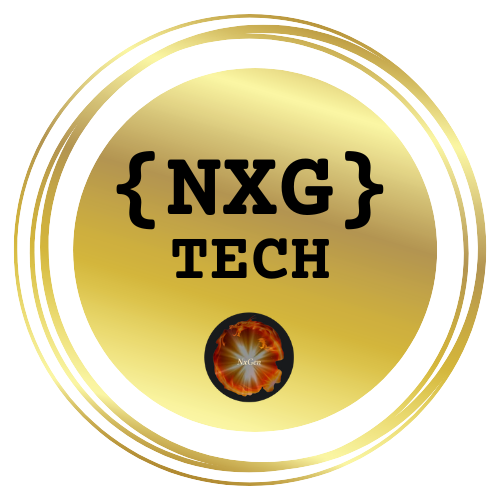
Evo 2: A New Era of Biological AI
With the advent of Evo 2, scientists are stepping into a groundbreaking chapter of biology that could redefine our comprehension and manipulation of genetic material. Developing from the previous model, Evo 1, Evo 2 leverages advanced AI algorithms trained on an astonishing 9.3 trillion nucleotides from over 128,000 genomes, spanning the entire tree of life. By decoding the intricate patterns of DNA, Evo 2 positions itself as the largest generative AI model in biological research, capable of crafting entire genomes from scratch.
Revolutionizing Genome Editing
Designed through a collaboration involving the Arc Institute, Stanford University, UC Berkeley, and Nvidia, Evo 2 equips researchers with the potential to identify not just genetic mutations that affect diseases but also design entire bacterial genomes. The model's ability to accurately predict the impact of both coding and noncoding mutations, especially in genes like BRCA1 linked to breast and ovarian cancer, offers vast prospects for therapeutic development. In initial tests, Evo 2 achieved over 90% accuracy in distinguishing benign mutations from those that could lead to disease.
Unraveling the Complexity of Eukaryotic Life
The model's development highlights a critical leap forward in understanding eukaryotic organisms, whose genomes house complex regulatory elements that Evo 2 can recognize and utilize. Tackling the challenge of these non-coding regions, the model is not just a tool for creating new genetic sequences; it synthesizes knowledge derived from millions of years of biological evolution. As co-founder Patrick Hsu explains, Evo 2 can effectively 'read, write, and think' in the DNA language, illuminating pathways for future research in a myriad of scientific fields, from drug discovery to advanced synthetic biology.
The Future Landscape of Biological Research
The implications of Evo 2 stretch well beyond its immediate applications. By enabling projects that seek to construct entirely new organisms or genetic constructs, it unlocks unprecedented opportunities for innovation in healthcare and beyond. As researchers gain access to Evo 2 through platforms like NVIDIA BioNeMo, the collaborative potential for advancing synthetic biology is immense. Innovative thinkers can now explore possibilities ranging from developing targeted therapies to creating organisms with entirely new capabilities—pioneering a future where biologists and AI co-create life on a molecular level.
 Add Row
Add Row  Add
Add 




Write A Comment